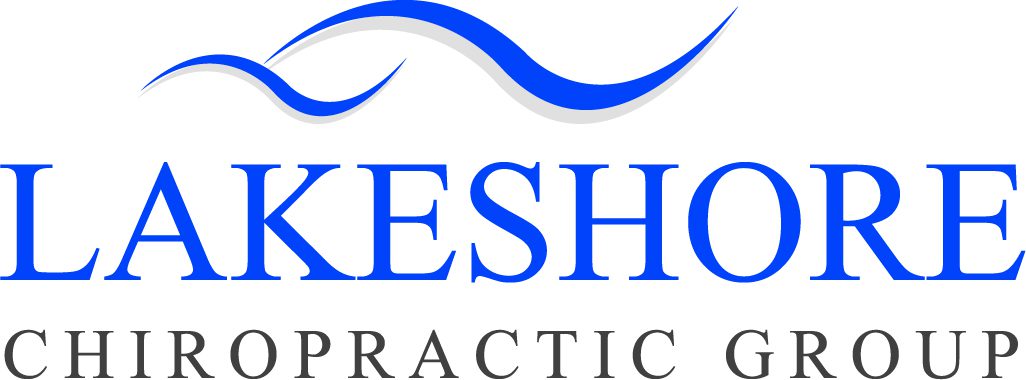How laser therapy helps with inflammation

- Albert Scales
Laser therapy utilizes concentrated beams of light to perform precise medical procedures. The light from lasers is tuned to specific wavelengths, allowing it to be focused into powerful beams that can interact with tissues in targeted ways.
Laser therapy is particularly effective when it is administered as soon as possible following injury. The faster the inflammation is reduced and the healing process can begin, the better.
Inflammation is a fundamental part of the body’s natural defense system, serving as the initial response to injury or infection. It’s designed to protect, remove harmful stimuli, and initiate the healing process. However, when inflammation becomes excessive or chronic, it can hinder recovery, cause prolonged pain, and even lead to further tissue damage. Managing this inflammatory response effectively is crucial for optimal healing and pain relief. In recent years, laser therapy has emerged as a compelling, non-invasive option for addressing inflammation at its source.
Understanding Therapeutic Lasers
Laser therapy utilizes concentrated beams of light to interact with tissues in targeted ways. The light from these therapeutic lasers is tuned to specific wavelengths, allowing it to penetrate the skin and reach underlying cells without generating heat that would damage tissues. Unlike surgical lasers that cut or ablate tissue, therapeutic lasers (often referred to as low-level laser therapy or cold laser therapy) are designed to stimulate cellular function rather than destroy it.
The Science of Healing: How Laser Light Works
The main way laser therapy helps with inflammation is by giving your cells a much-needed boost. When the special light from the laser shines on your skin, it passes through and is absorbed by the tiny “power generators” inside your cells. Think of it like giving your cells an extra charge. This extra energy helps your cells work more efficiently, allowing them to repair themselves and the surrounding tissues faster.
This energized cellular activity directly helps to calm down inflammation. The laser light may help reduce swelling by encouraging fluid to move out of the injured area. It may also help widen tiny blood vessels, which increases blood flow. This improved circulation is vital because it brings more oxygen and nutrients to the damaged area, which are essential for healing. At the same time, it helps carry away waste products that can build up and contribute to pain and prolonged swelling. Essentially, the light helps your body’s natural healing processes work more effectively to resolve inflammation.
Timeliness is Key: The Benefit of Early Intervention
A key aspect to the effectiveness of laser therapy in managing inflammation is its timely application. Laser therapy is particularly effective when it is administered as soon as possible following an injury. The faster the inflammation can be reduced and the natural healing process initiated, the better the overall outcome tends to be. Early intervention may prevent inflammation from becoming chronic and hinder the subsequent stages of tissue repair, potentially leading to quicker recovery times and a reduced risk of long-term complications.
Broader Benefits and Applications
Beyond directly tackling inflammation, therapeutic laser sessions also offer additional benefits that contribute to overall healing and pain management. It may help reduce pain sensations, stimulate nerve regeneration, and promote the production of collagen, a vital protein for repairing damaged tissues like tendons and ligaments. This makes it a versatile tool for various inflammatory conditions, from acute sprains and strains to chronic tendon pain and inflammatory aspects of arthritic conditions.
In essence, laser therapy offers a sophisticated, non-invasive approach to managing inflammation and fostering the body’s natural healing processes. By harnessing concentrated beams of light, this therapy works at a cellular level, boosting cell energy and improving circulation to effectively reduce swelling and calm inflammatory signals. As we’ve explored, its remarkable potential is often amplified when administered soon after an injury, helping to kickstart recovery and prevent inflammation from becoming a persistent issue. Ultimately, laser therapy stands out as a valuable option for individuals seeking to reduce pain, accelerate recovery, and improve function, offering a compelling path towards better health and a more comfortable life.


